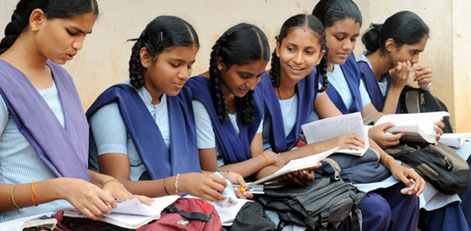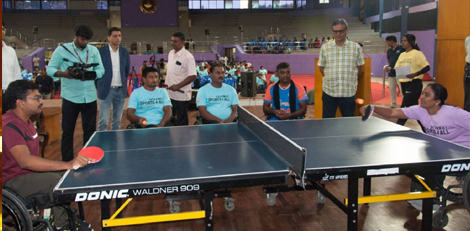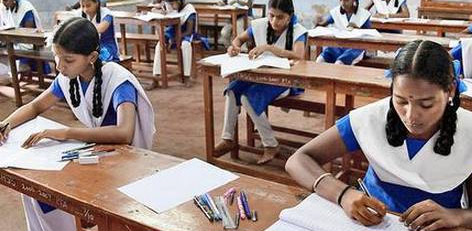Disclosure by a study about the TN school students body weight is shocking!!
Posted on: 10/Jan/2024 9:20:07 AM

How many parents are aware of the fact that the factors like sedentary lifestyle, high intake of fast foods, excessive gadget usage, reduced extracurricular activities etc have led to increased BMI or body mass index in the school students across Tamil Nadu? Yes, shocking, but true!!
A study has been published in the international Journal of Contemporary paediatrics and it was brought out that one in 5 school students in Chennai are obese and a marginally higher number are overweight.
From 14th July to 17th July 2022, Apollo Children`s Hospital and Apollo Speciality Hospital conducted a study covering 1124 students of age 5 to 17. Point is that out of these 584 were girl students. The study witnessed doctors recording age, measured weight and waist circumference of all the students.
It is noteworthy that BMI or body mass index was calculated by using weight divided by height metre square. Classification of children as normal, overweight (BMI more than 23 adult equivalents) and obese (BMI more than 27 adult equivalents) were carried out.
It was later brought out by senior paediatrician Dr. Indira Jaya Kumar that BMI for 667 students was normal, 237 were overweight and 220 were obese. In 334 children or 29.7% central obesity was found and 13% of them had normal body mass indices. She added that 55.9% were overweight and 31.1% were obese. In 85% of children with high waist circumference, overweight and obesity were witnessed.
Primary objective of study:
It is learnt that the main objective behind this study was to find out age and sex specific waist circumference percentiles of school going kids between age 5 and 17.
The corresponding author of the study, Sravanthi Kosuri explained that previous studies have brought out that 0.1% to 11.7% of children older than 5 years were overweight and 2.7% to 25.2% were obese. She concluded that the waist circumference percentiles seen among school kids revealed a progressive increase in the values of both boys and girls.
In the last decade, there was an inherent tendency towards higher fats and this was observed by some doctors. They were of the view that the issue must be addressed or else there would be morbid obesity in the next generation.
It was later mentioned by Dr Indira Jaya Kumar that the study had its limitations and the sample size was small and study was conducted at one school. She spoke about how this must be considered as a warning for increasing incidences of obesity among school children.







